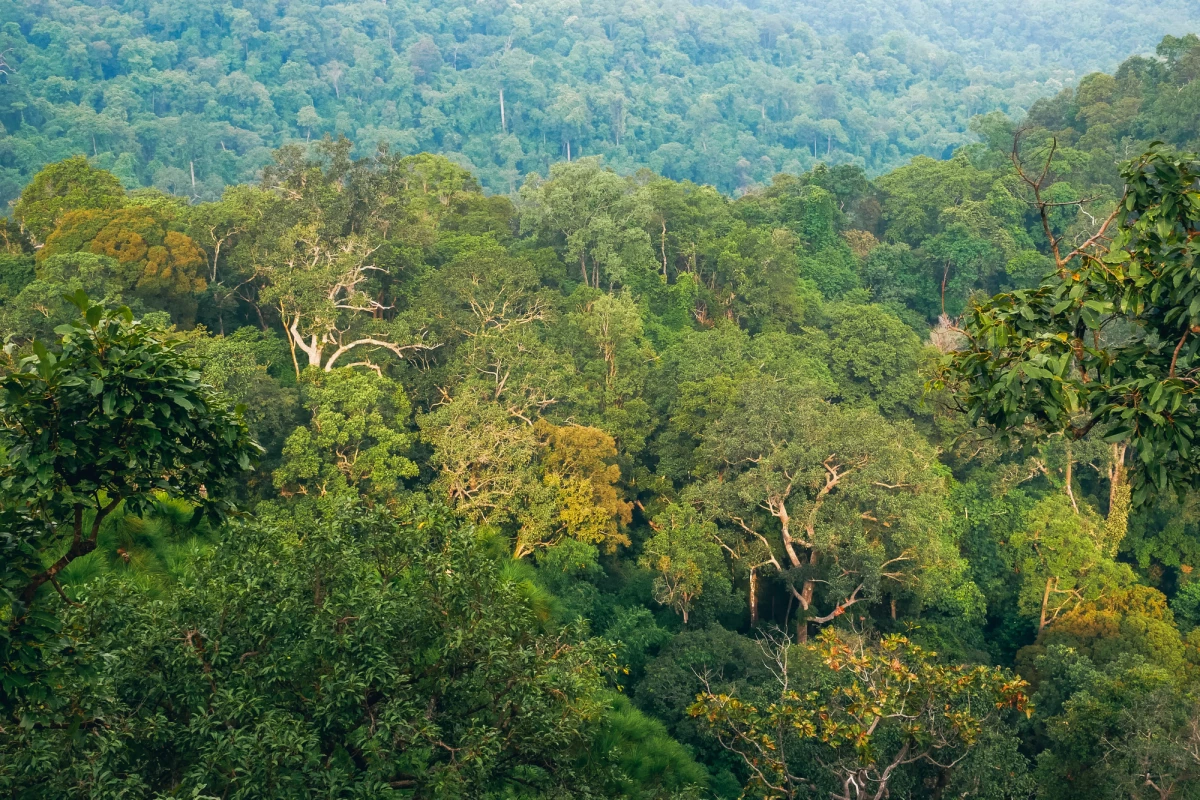It can be hard enough for search parties to find human remains on open ground, but in dense forests, it's even more difficult. That's why scientists are now proposing the use of aerial drones, which would look for telltale changes in trees' leaves.
Led by Prof. Neal Stewart Jr., a team from the University of Tennessee will soon be conducting trials at the institution's Anthropology Research Facility (aka "the body farm"). These experiments will be looking at how a "cadaver decomposition island" – which is the area immediately surrounding a body – changes the nutrient content of the adjacent soil, which in turn causes changes in plants growing in that soil.
"The most obvious result of the islands would be a large release of nitrogen into the soil, especially in the summertime when decomposition is happening so fast," says Stewart. "Depending on how quickly the plants respond to the influx of nitrogen, it may cause changes in leaf color and reflectance."
That said, the body of a large animal such as a deer would likely affect the plants in much the same way. For that reason, the scientists will also be looking at how compounds that are unique to humans would change a plant's appearance. It's hypothetically even possible that if a specific missing person were a heavy smoker, for instance, their body would affect the surrounding plants differently than that of a non-smoker – these types of variations could help crews to narrow the focus of their search.
The team has already created a device that analyzes the fluorescence signatures of whole plants. It still needs to be refined and miniaturized, however, before it could be practically applied to drones. Even then, the technology would be intended to help ground-based search parties, instead of replacing them.
"When you start to think about deploying drones to look for specific emissions, now we can think of the signals more like a check engine light," says Stewart. "If we can quickly fly where someone may have gone missing and collect data over tens or even hundreds of square kilometers, then we'd know the best spots to send in a search team."
The research is described in a paper that was recently published in the journal Trends in Plant Science.
Source: Cell Press via EurekAlert




